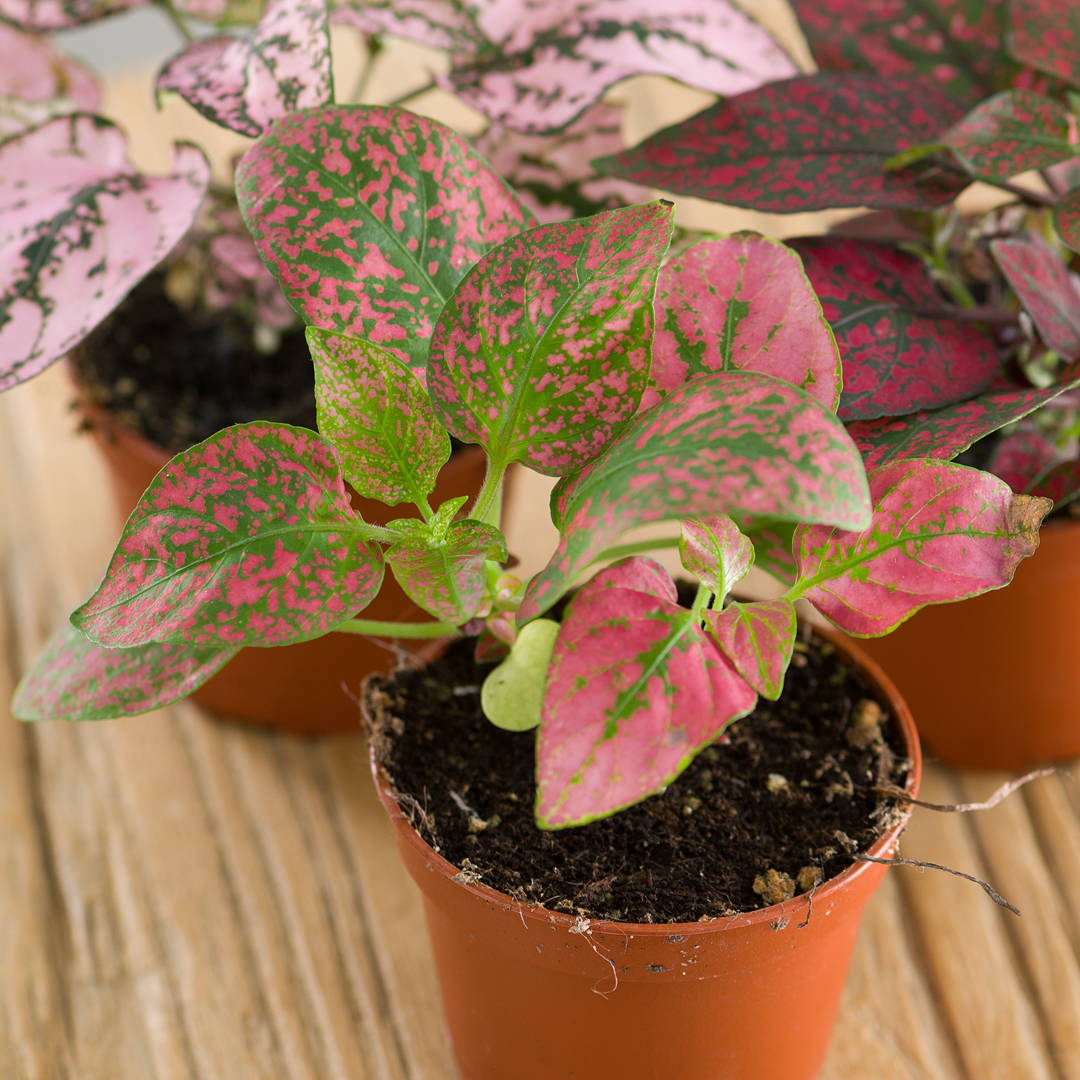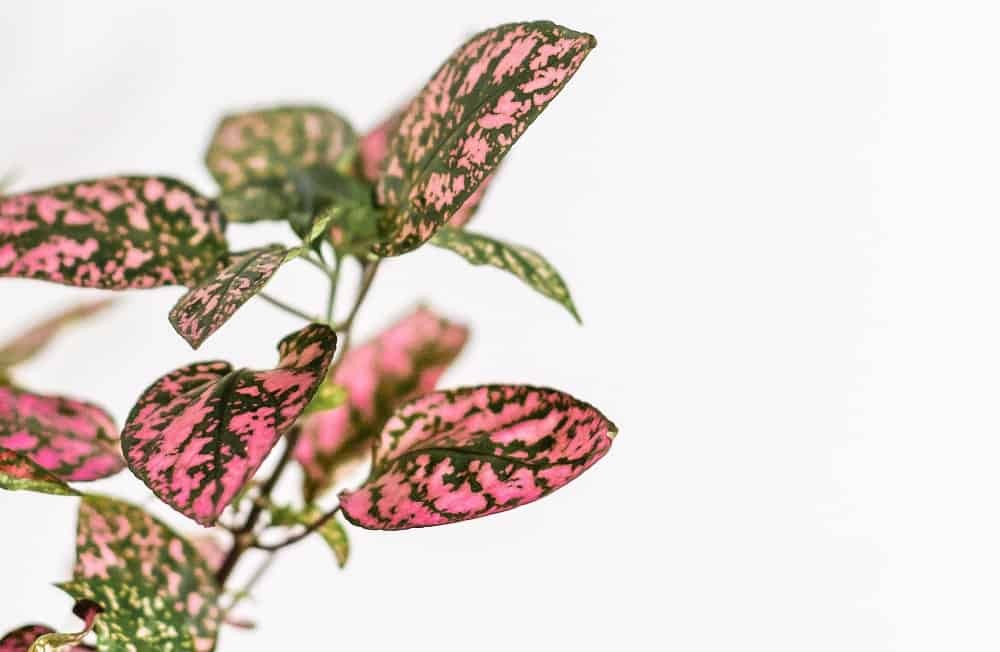One of these plant variations that appears wonderful because everything is the same but has a distinct color is the pink polka dot plant (hypoestes phyllostachya). This plant’s maintenance requirements are as common as polka dots, and it also produces gorgeous dotted foliage. I adore how these plants may be used as inside decorations or as miniatures. Other color pairings for polka dots include white and green, pink and green, and green and red. If you have any of these three types, you may have noticed that they are all more attractive due to their vivid hues. They are often attractive and unquestionably the best plants to cultivate inside. Simply follow the directions and you’ll be set to go. Easy to grow. They originate from Madagascar in the South African region. Although they don’t grow quickly, with the right care, they will undoubtedly produce healthy growth. You must have patience to develop these plants if you want to create this rich colors. Let’s now go over some advice for caring for pink polka-dot plants:
Table of Contents
Soil
Pink polka dot plants thrive in potting soil that contains organic content. For drainage, 20% perlite mixed with pumice or peat moss can be helpful. You can check Amazon for this all-purpose soil that I use.
Light
These plants often prefer indirect light, so if you grow them outdoors, be sure to arrange them where there is shade, such as beneath a tree. They might burn some of the leaves if you expose them to direct sunlight. They can be placed indoors close to a south-facing window. Even if they are indoors or out, give them some partial sunshine because it is good for the foliage.
Click this link to purchase a pink polka dot plant.
Check Amazon Prices
Water
Polka dots enjoy being on moist soil, so give them water to make them evenly moist. Keep in mind that they dislike being overwatered and underwatered. Additionally, every two days check for dryness; if they haven’t dried out, don’t pour water on them. If they feel like they need more water, only then may you examine the top inch of the soil for dryness. A plant that flourishes in a pot inside requires regular watering as well as inspection for water logging. The sun and wind outside usually dry the soil, but if you reside in a region with a chilly climate, you may not need to water as frequently. You can reduce watering by 50% over the winter and now give plants water every 7 to 9 days if they appear to be dehydrated. Once spring arrives, you should resume watering as usual.
Pests
Fertilizer
When they are growing, these plants require fertilizer every month, and they are fed with liquid-based plant food. Additionally, during the growing season, soil with organic compost is used to supply them with nutrients to ensure proper growth. Check out this all-purpose fertilizer I use on Amazon for a price.
Temperature
They prefer warm temperatures and should be kept indoors between 65 and 80 degrees Fahrenheit in the winter when temperatures may drop below 30 degrees, which is not a healthy level. As they prefer to sit in an outdoor setting with bright light because they have dealt with frost, they can be grown outdoors in the spring. However, they need to be in good condition for a few days. Pink Polka Dot can withstand low to moderate humidity, and you should always check the soil before watering because if you overwater and don’t check the soil, the soil may become wet.
Propagation of Pink Polka dot
Pink polka dot plants are simple to grow from seed or you can get seeds from a nearby nursery. These may thrive in damp soil, and the beginning of spring is the optimal time for seed germination. With stem cutting, rooting can be seen in a matter of weeks. Using rooting hormone will speed up the process of plant root formation, but it’s also acceptable to forego the additional expense. Those with patience, like myself, can wait and see the development.
Some varieties of Polka dot Plants
If Pink Polka dot Plant becomes leggy?
Here is complete, in-depth information on how to deal with leggy polka-dot plants.
Since this plant is identical to the main polka-dot plant, care is essentially the same.
Here Polka Dot Plant Care and For Propagation may be found here.



